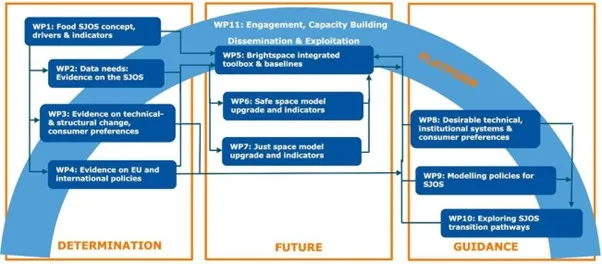This website uses cookies to provide you with the best possible user experience. Cookies store information in your browser and perform functions such as recognising when you return to our website and helping our team understand which parts of the website are interesting and useful.
Cookies that are strictly necessary must always be enabled so that we can save the settings for further cookie management.
If this cookie is not enabled, we will not be able to save the selected settings, which will result in having to re-enable cookies on each visit.
This website uses Google Analytics to collect anonymous information such as the number of visitors to the site and the most popular pages.
Enabling this cookie allows us to improve our website.
The cookies that are strictly necessary must be enabled at all times so that we can save the settings for further cookie management.
This website uses the following additional cookies:
The cookies that are strictly necessary must be enabled at all times so that we can save the settings for further cookie management.
More information about our Cookie Policy


